The temperature on the moon changes a lot from day to night. Very Hot and Very Cold The moon is very hot during the day. It can reach 260 F (127 C). It is very cold at night.
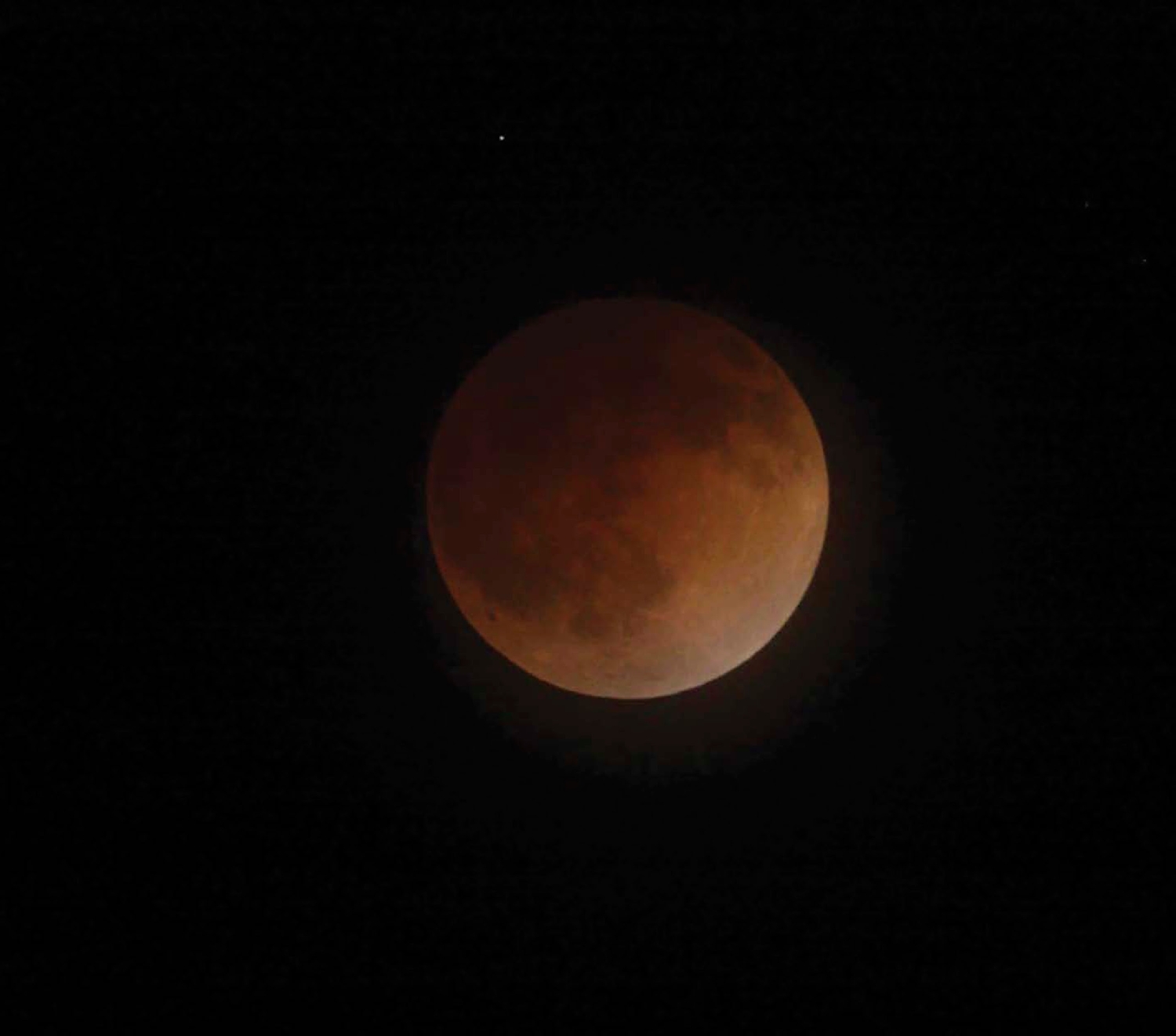
A lunar eclipse happens when Earth blocks the suns light.

A lunar eclipse happens when Earth blocks the suns light.
You can see the moon is much darker than its usual bright color. Seeing the Moon The moon does not make its own light. It reflects the suns light. Sometimes Earth blocks the light. It makes a shadow on the moon. This is called a lunar .
FAST FACT The moon can sometimes be seen during the day.
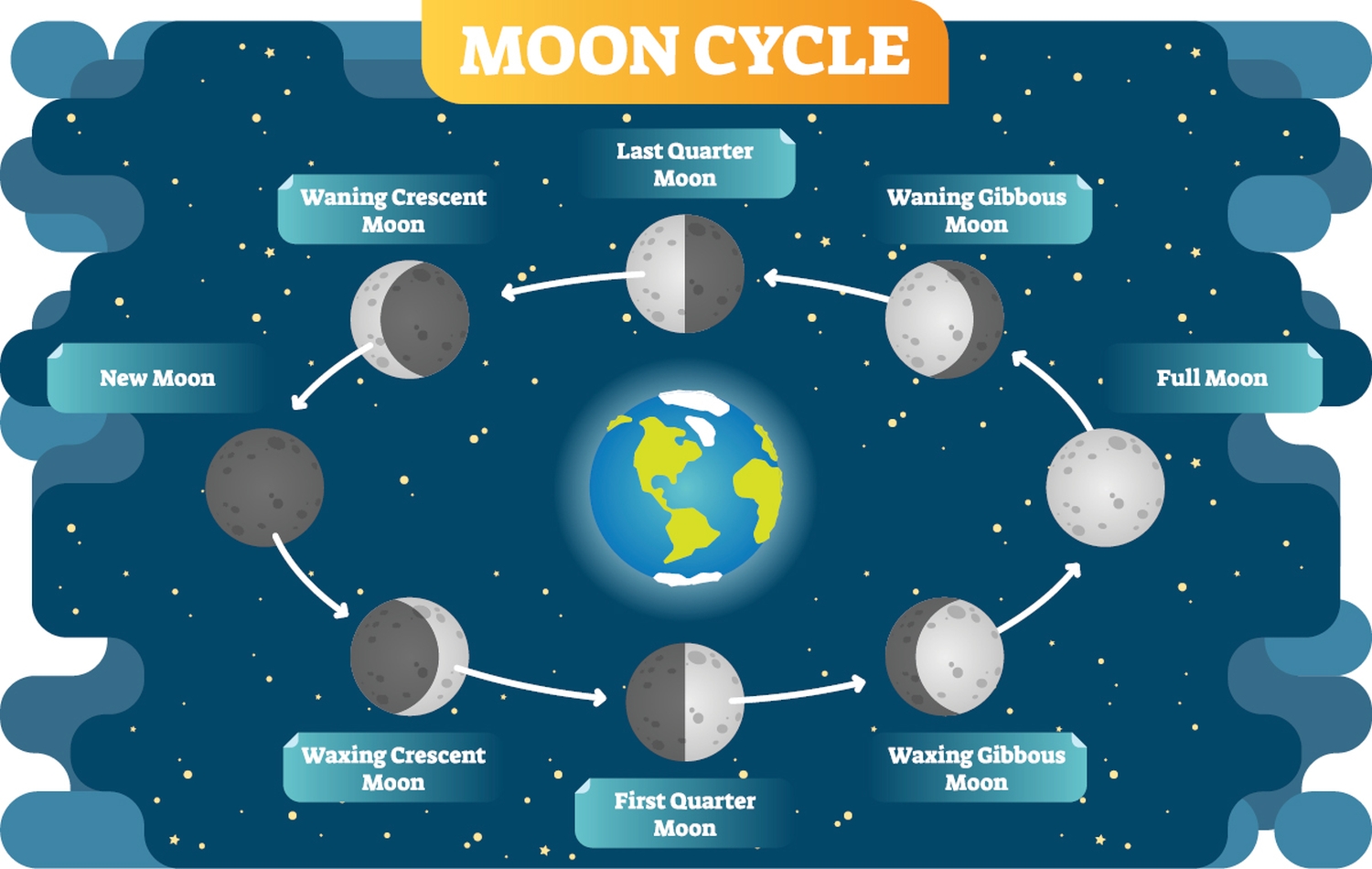
The moon goes through many phases as it orbits Earth. Moon Shapes People on Earth always see the same side of the moon. But that side looks different as it orbits Earth. It looks like the moon changes shape.
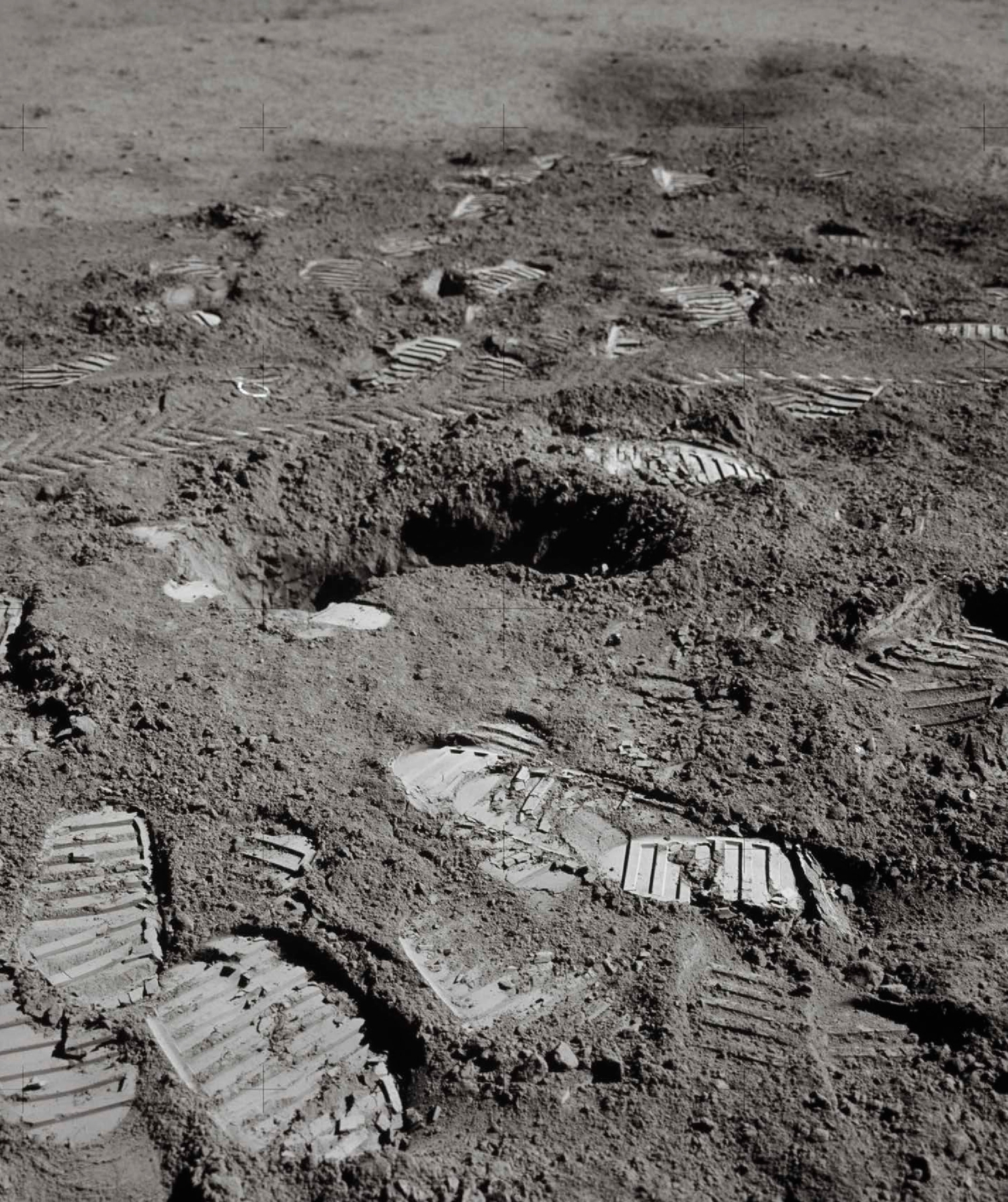
These footprints on the moon were left by astronauts in 1971.

These footprints on the moon were left by astronauts in 1971.
Exploration Humans study the moon. Scientists watch through telescopes. and computers find information. Spacecraft explore the moon. They also take humans there. Twelve people have walked on the moon.
FAST FACT Neil Armstrong was the first person to walk on the moon, in 1969.
Activity
The Changing Moon Materials A dark room A lamp without a shade A basketball Its easy to understand the moons changing shapes! You are the planet Earth. The basketball is the moon. The lamp is the sun. Lets get started! Step 1: Stand several feet from the lamp. Face the light.
Step 2: Hold the ball in front of you at arms length. The ball looks dark to you. This is the new moon. Step 3: Turn to the left. Do not step forward or backward. Do not twist the ball.
Now the right edge of the ball is lit. This is the waxing crescent moon. Step 4. Continue turning slowly. You will see your ball go through all the phases of the moon! 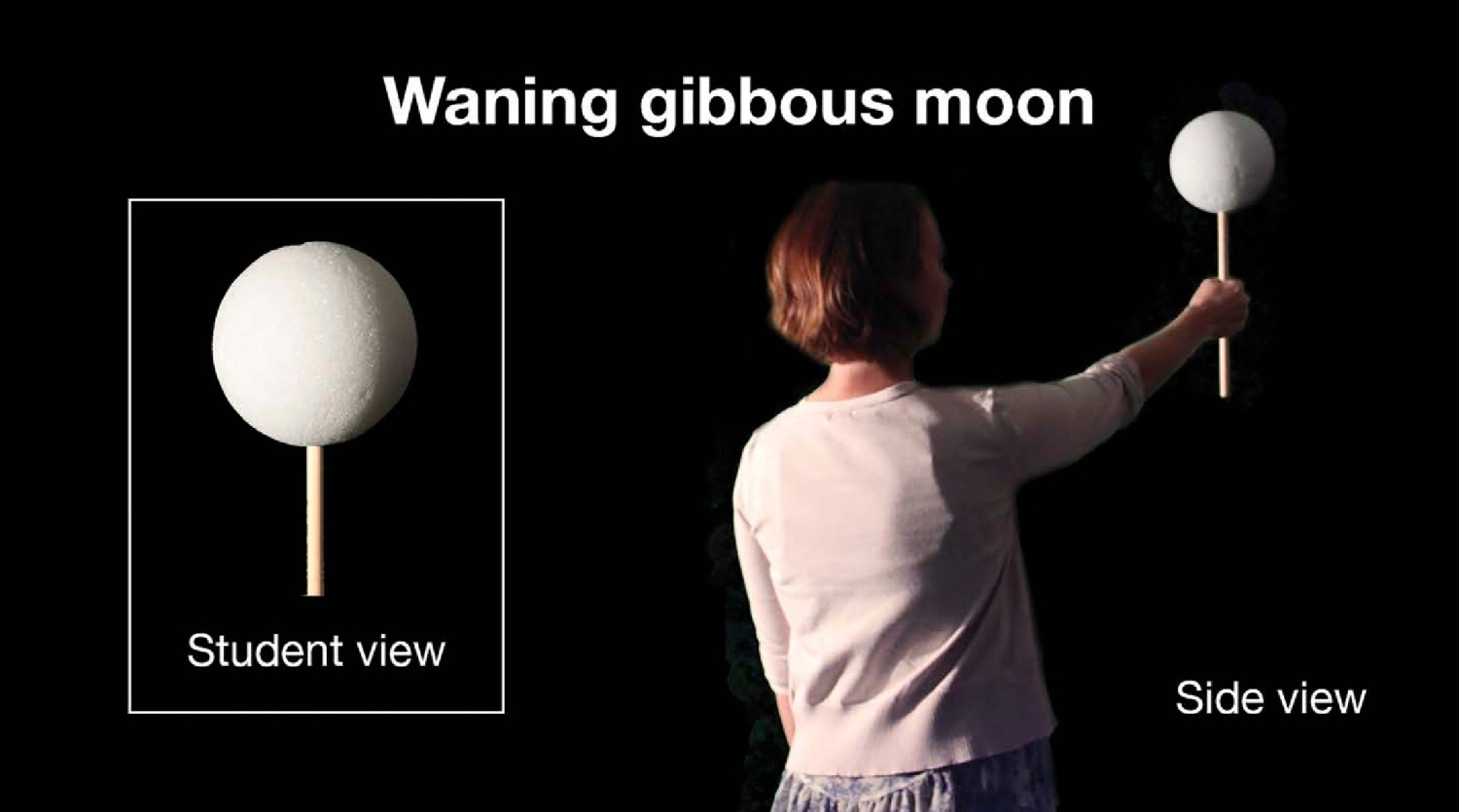 When the moon moves, you can see its different phases. The Moon Seems to Change. The Moon Seems to Change.
When the moon moves, you can see its different phases. The Moon Seems to Change. The Moon Seems to Change.
New York, NY: HarperCollins Childrens, 2015. DeCristofano, Carolyn Cinami. The Sun and the Moon. New York, NY: HarperCollins, 2016. Hansen, Grace. The Moon.
Minneapolis, MN: Abdo Kids, 2018. Websites Fly to the Moonearthsunmoon.pingmooreandbloom.com Explore Earth, the sun, and the moon in this fun game. NASA: How Many Moons?spaceplace.nasa.gov/how-many-moons/en/ Discover which planets have moons. NASA: The Moon: Earths Satellitestarchild.gsfc.nasa.gov/docs/StarChild/solar_system_level1/moon.html Check out facts about the moon. INDEX Armstrong, Neil, atmosphere, axis, craters, distance, Earth, eclipse, formation, gravity, light, meteors, orbit, rotate, satellites, shape, spacecraft, sun, temperature, tides, Published in 2020 by Enslow Publishing, LLC. 23rd Street, Suite 240, New York, NY 10011 Copyright 2020 by Enslow Publishing, LLC. 23rd Street, Suite 240, New York, NY 10011 Copyright 2020 by Enslow Publishing, LLC.
All rights reserved. No part of this book may be reproduced by any means without the written permission of the publisher. Library of Congress Cataloging-in-Publication Data Names: Rector, Rebecca Kraft, author. Title: The moon / Rebecca Kraft Rector. Description: New York: Enslow Publishing, 2020. | Includes bibliographical references and index. | Includes bibliographical references and index.
Identifiers: LCCN 2018041868| ISBN 9781978507302 (library bound) | ISBN 9781978509306 (pbk.) | ISBN 9781978509313 (6 pack) Subjects: LCSH: MoonJuvenile literature. Classification: LCC QB582 .R43 2019 | DDC 523.3dc23 LC record available at https://lccn.loc.gov/2018041868 Printed in the United States of America To Our Readers: We have done our best to make sure all website addresses in this book were active and appropriate when we went to press. However, the author and the publisher have no control over and assume no liability for the material available on those websites or on any websites they may link to. Any comments or suggestions can be sent by e-mail to .

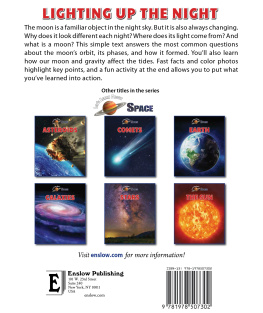
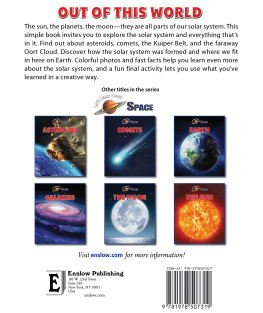
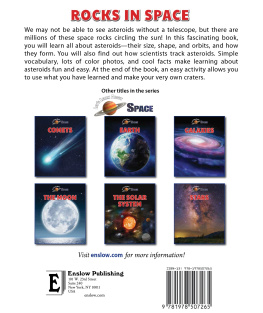

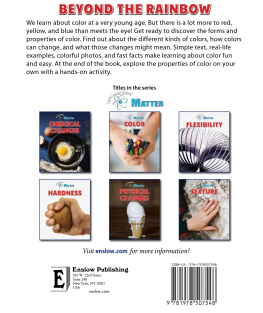
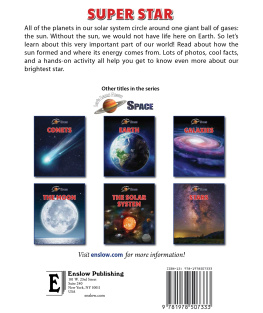
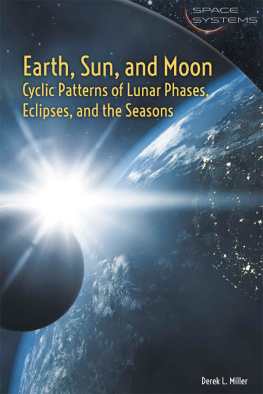
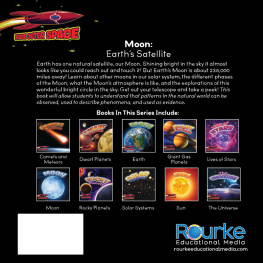
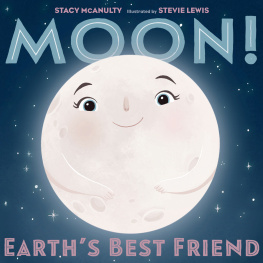

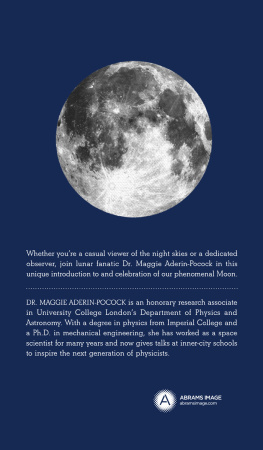
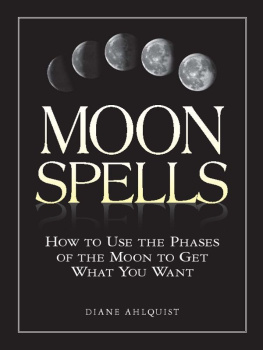
 WORDS TO KNOW atmosphere Air that surrounds a planet. axis An imaginary line that a body turns around. crater A hole made by the crash of a large object, such as an asteroid. eclipse When an object is hidden by another. gravity The force that attracts two bodies to each other. rotate To turn in a circle. satellite A man-made object that orbits an object in space. satellite A man-made object that orbits an object in space.
WORDS TO KNOW atmosphere Air that surrounds a planet. axis An imaginary line that a body turns around. crater A hole made by the crash of a large object, such as an asteroid. eclipse When an object is hidden by another. gravity The force that attracts two bodies to each other. rotate To turn in a circle. satellite A man-made object that orbits an object in space. satellite A man-made object that orbits an object in space.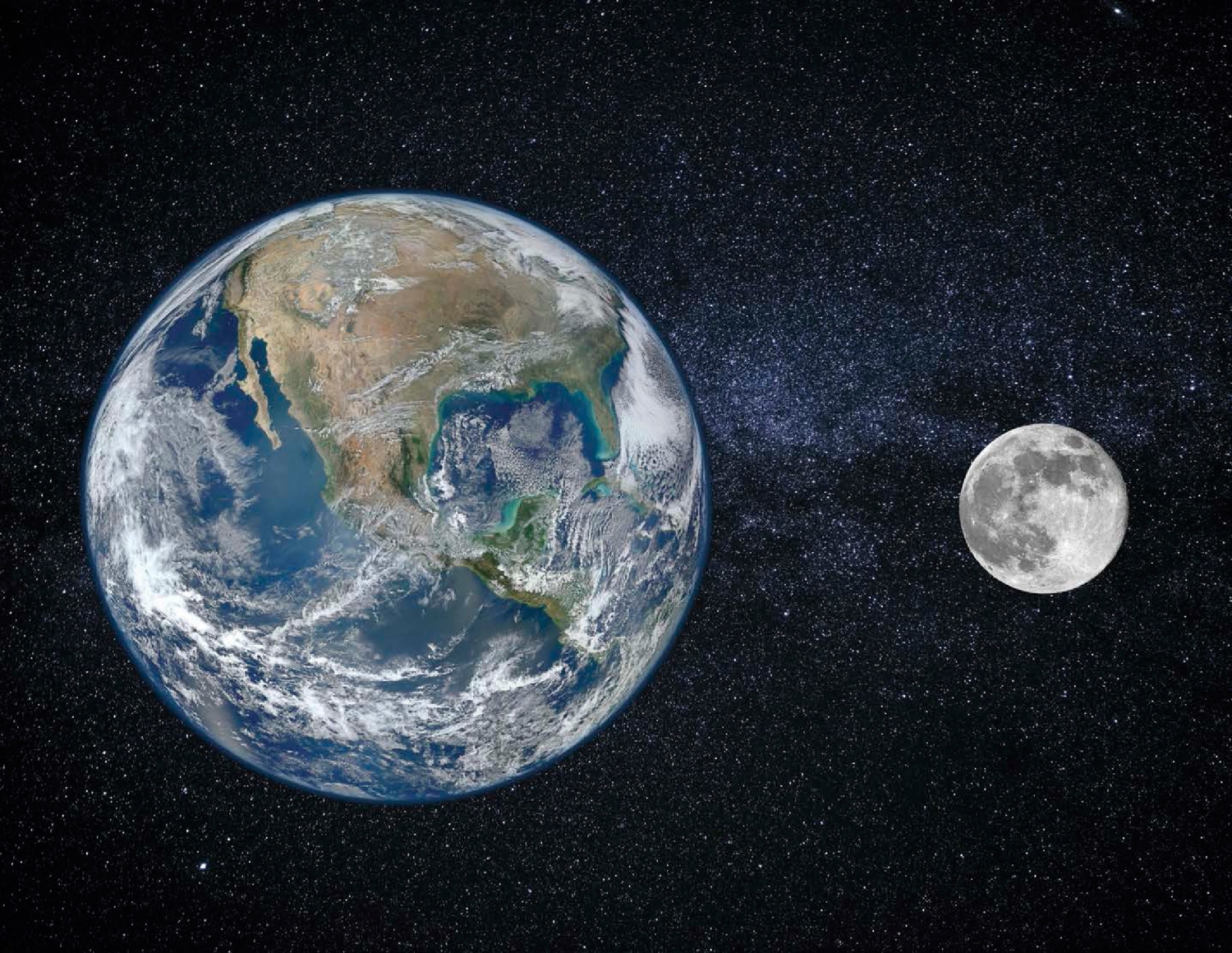 The moon orbits Earth. Some planets have no moons. Other planets have many moons. What Is the Moon? The moon is a rocky body. It is in space. The moon Earth.
The moon orbits Earth. Some planets have no moons. Other planets have many moons. What Is the Moon? The moon is a rocky body. It is in space. The moon Earth.  Earth moves around the sun. At the same time, the moon moves around Earth. Spinning and Traveling The moon takes about a month to travel around Earth. The moon also .
Earth moves around the sun. At the same time, the moon moves around Earth. Spinning and Traveling The moon takes about a month to travel around Earth. The moon also .  This piece of moon rock was found in 1972, the last time men walked on the moon. Making the Moon Long ago, a large object struck Earth. The broken pieces formed the moon. The surface is covered by dust and rocks.
This piece of moon rock was found in 1972, the last time men walked on the moon. Making the Moon Long ago, a large object struck Earth. The broken pieces formed the moon. The surface is covered by dust and rocks. 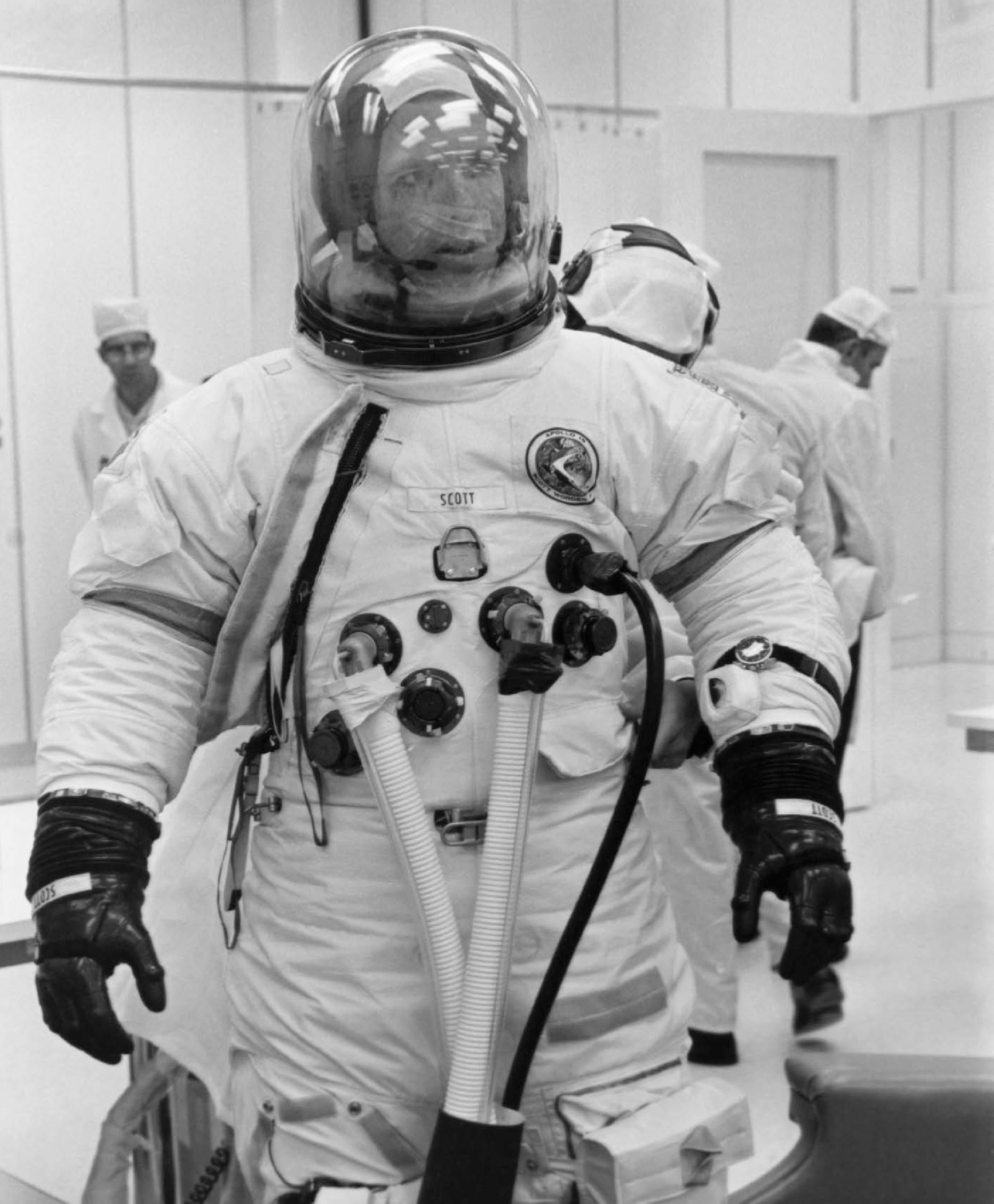 Astronauts must wear special spacesuits to help them breathe on the moon. Atmosphere The moon has very little . It does not protect the moon. Meteors hit the moon and make craters. The moon does not have air that humans can breathe.
Astronauts must wear special spacesuits to help them breathe on the moon. Atmosphere The moon has very little . It does not protect the moon. Meteors hit the moon and make craters. The moon does not have air that humans can breathe.  High tides like this one are caused by the moon. Gravity and Tides is weak on the moon. It is only one-sixth of Earths gravity. The moons gravity pulls on Earth. It moves the seas.
High tides like this one are caused by the moon. Gravity and Tides is weak on the moon. It is only one-sixth of Earths gravity. The moons gravity pulls on Earth. It moves the seas. 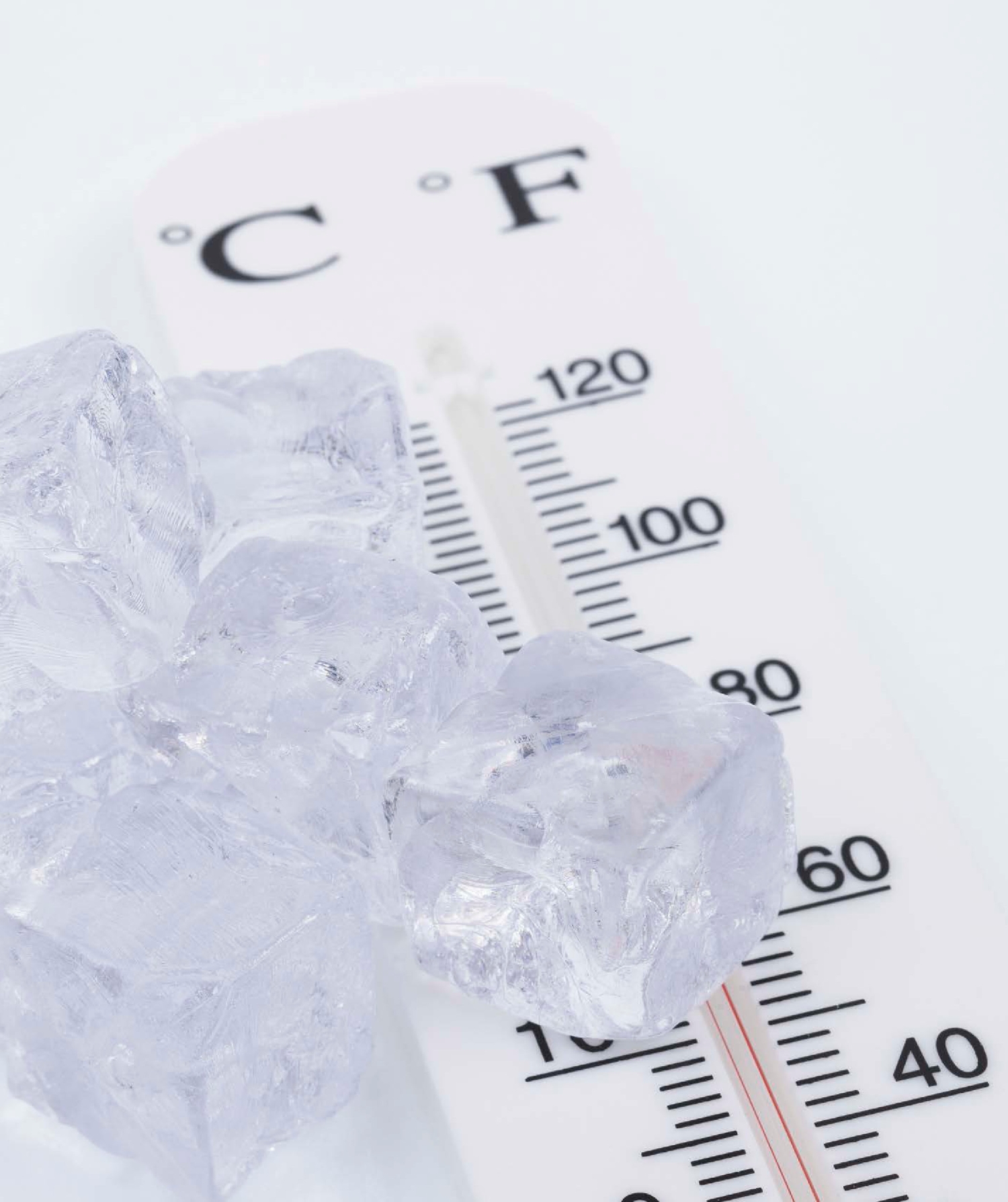 The temperature on the moon changes a lot from day to night. Very Hot and Very Cold The moon is very hot during the day. It can reach 260 F (127 C). It is very cold at night.
The temperature on the moon changes a lot from day to night. Very Hot and Very Cold The moon is very hot during the day. It can reach 260 F (127 C). It is very cold at night.  A lunar eclipse happens when Earth blocks the suns light.
A lunar eclipse happens when Earth blocks the suns light.  The moon goes through many phases as it orbits Earth. Moon Shapes People on Earth always see the same side of the moon. But that side looks different as it orbits Earth. It looks like the moon changes shape.
The moon goes through many phases as it orbits Earth. Moon Shapes People on Earth always see the same side of the moon. But that side looks different as it orbits Earth. It looks like the moon changes shape. These footprints on the moon were left by astronauts in 1971.
These footprints on the moon were left by astronauts in 1971. When the moon moves, you can see its different phases. The Moon Seems to Change. The Moon Seems to Change.
When the moon moves, you can see its different phases. The Moon Seems to Change. The Moon Seems to Change.